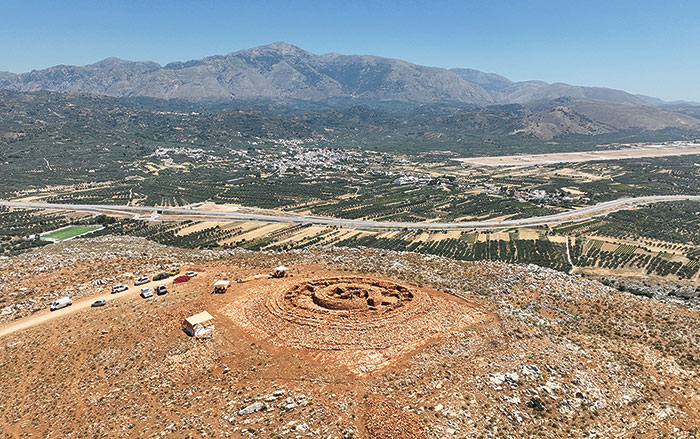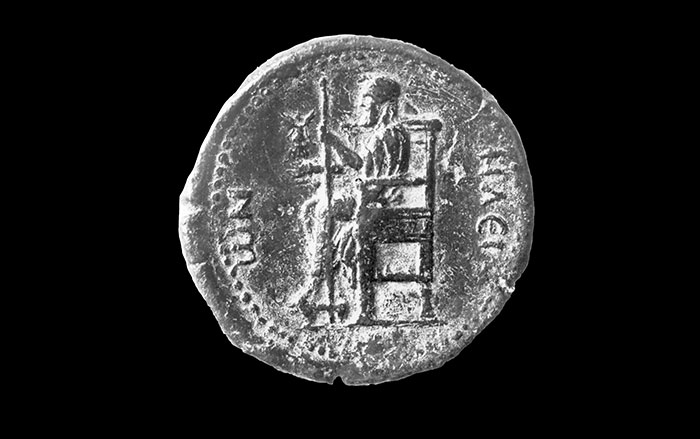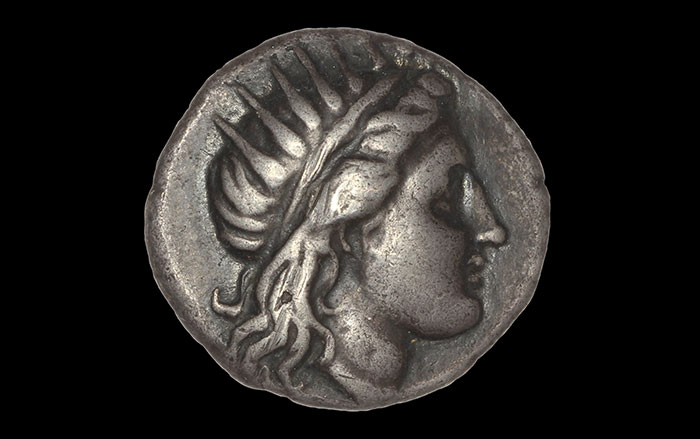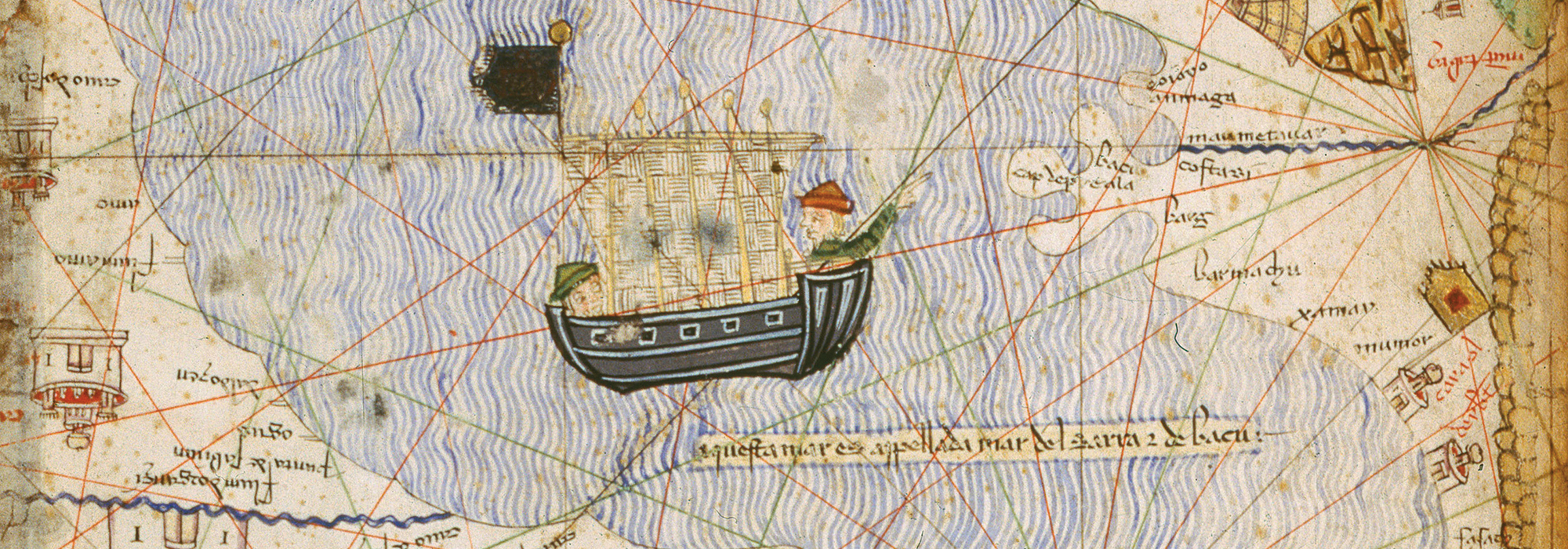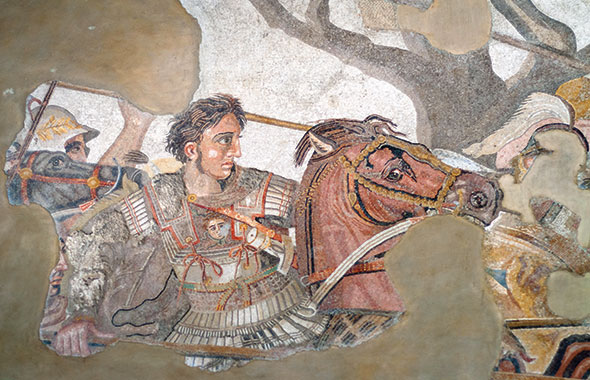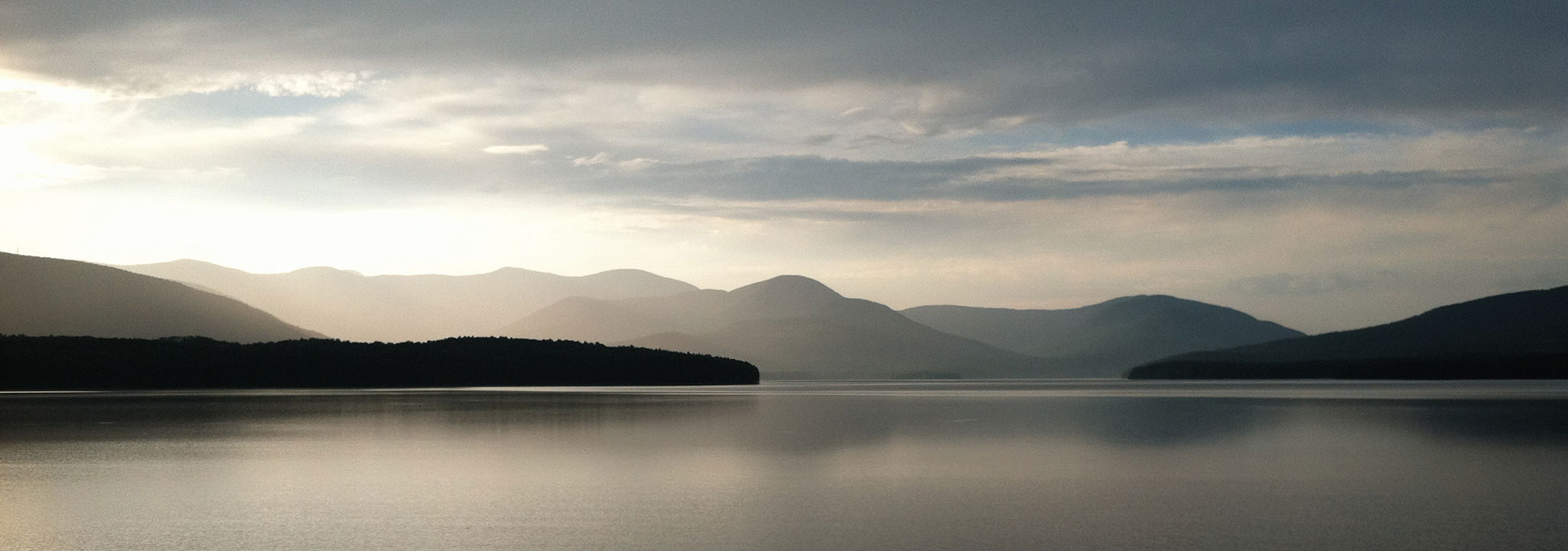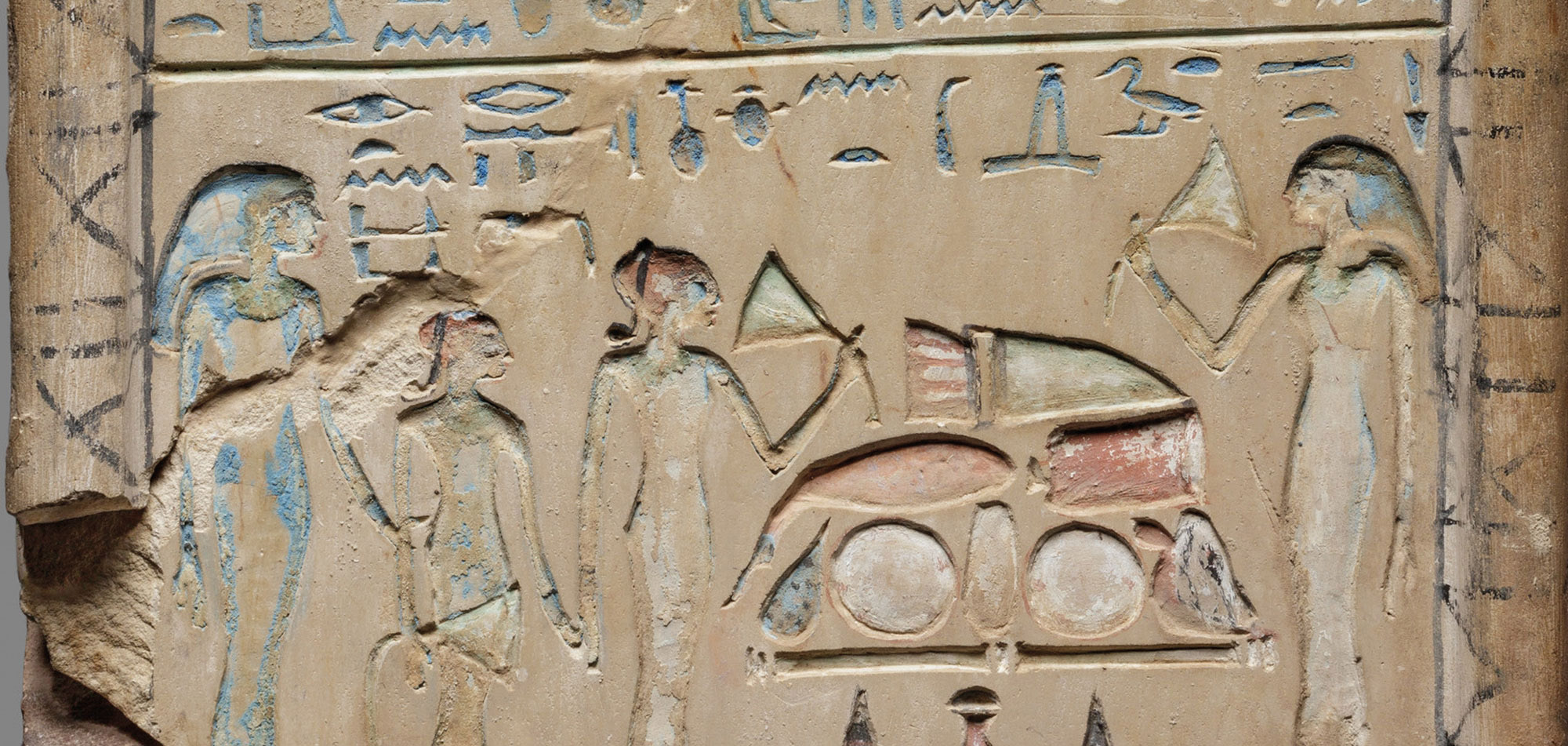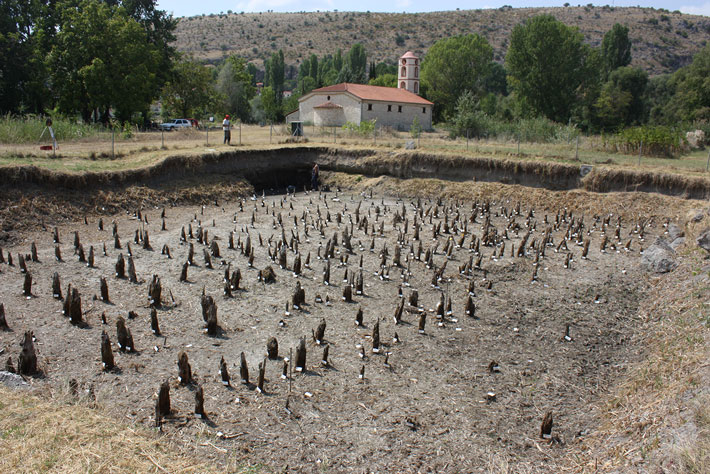
BERN, SWITZERLAND—According to a statement released by the University of Bern, scientists combined dendrochronology and radiocarbon dating to establish a chronology for Dispilio, a prehistoric farming settlement in northern Greece. The tree rings from more than 780 pieces of timber from the site were analyzed and radiocarbon dated to a period including one of 12 known Miyake events. This one had been reliably dated to 5259 B.C. So-called Miyake events are named for physicist Fusa Miyake, who discovered in 2012 that global spikes in cosmic rays, probably caused by solar flares, can cause an increase in radioactive carbon on Earth, which is then deposited in the rings formed by a tree at the time. These spikes in cosmic rays can be dated in long tree-ring chronologies, making them dating anchor points. “Miyake recognized the first anchor points of this kind and thus brought about a paradigm shift in prehistoric archaeology,” explained team member Albert Hafner. Employing this technique, wooden buildings at Dispilio have now been dated to several settlement phases over a 188-year-period between 5328 and 5140 B.C. “We expect that other chronologies for the region from this period can now be linked to the ‘Dispilio Chronology’ in rapid succession,” said team member Andrej Maczkowski. “This paves the way to developing a regional dendrochronology for the southern Balkans,” he concluded. Read the original scholarly article about this research in Nature Communications. To read more about Miyake events, go to "Siberian Island Enigma."


